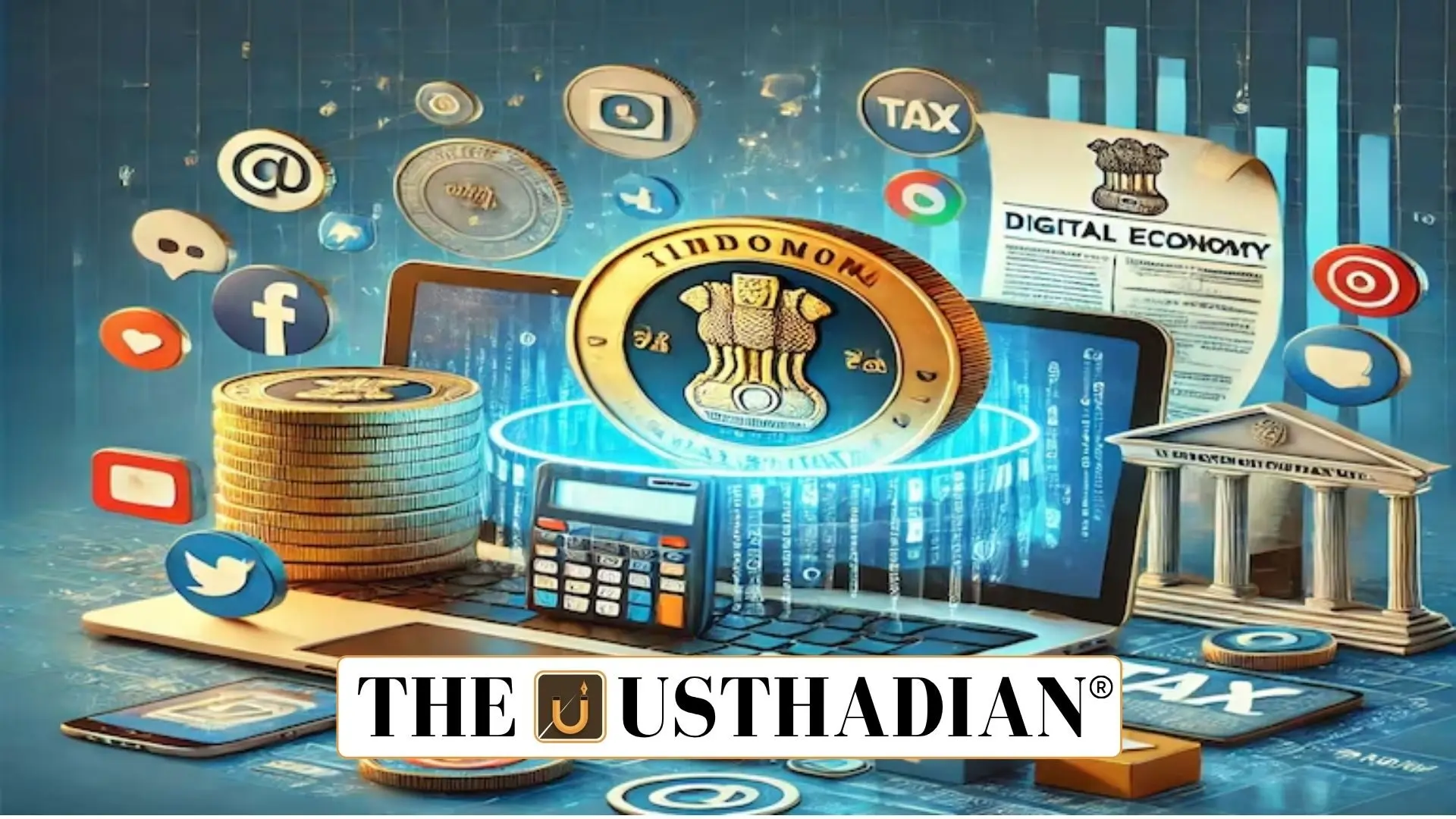What Is the Equalisation Levy?
India Proposes Abolition of Equalisation Levy: Boost to Digital Trade Relations: Introduced on June 1, 2016, the Equalisation Levy was a 6% tax imposed on payments made to foreign companies for online advertisement services targeting Indian consumers. Its purpose was to ensure that digital giants like Google and Meta—who earned substantial revenue from Indian users—paid their fair share of tax, even without having a physical presence in the country. Over time, this levy came to symbolize India’s broader attempt to tax the digital economy effectively.
Why Is the Government Repealing It Now?
As part of 59 proposed amendments to the Finance Bill 2025, the Government of India has now moved to abolish the Equalisation Levy. This policy shift comes just months after the removal of the 2% levy on e-commerce transactions in 2024. The timing suggests an effort to ease trade tensions with the United States, which had previously criticized the levy as a “discriminatory digital tax” and threatened retaliatory tariffs. Repealing the levy is seen as a diplomatic move to improve Indo-US economic ties while aligning with global tax frameworks.
How Will This Impact Taxpayers?
For foreign digital service providers and Indian businesses making payments to them, the repeal offers legal clarity and removes tax complications. The Equalisation Levy had led to double taxation in some cases and uncertainty over tax obligations. Now, with its removal, the Indian government hopes to boost foreign direct investment and foster a fairer environment for international tech companies, potentially encouraging more global partnerships in the digital space.
Other Key Amendments in Finance Bill 2025
Alongside the repeal of the Equalisation Levy, the Finance Bill 2025 introduces crucial reforms in tax enforcement. One major change is the introduction of the term “Total Undisclosed Income”, meant to clarify taxation during search and seizure operations. The amendments ensure that only unaccounted-for income will be subject to penalties, thus streamlining the tax assessment process and reducing disputes. This move is expected to improve transparency and build trust in the tax system.
STATIC GK SNAPSHOT
India Proposes Abolition of Equalisation Levy: Boost to Digital Trade Relations:
| Aspect | Details |
| Equalisation Levy Introduced | June 1, 2016 |
| Initial Rate | 6% on online advertisement payments to foreign firms |
| Expanded to E-Commerce | April 1, 2020 (2% levy – abolished in 2024) |
| Current Development | Proposal to abolish 6% levy (March 24, 2025) |
| Main Affected Companies | Google, Meta, Amazon |
| Reason for Withdrawal | Trade tension with US; investment climate improvement |
| Related Law | Finance Bill 2025 |
| New Term Introduced | “Total Undisclosed Income” |
| Administering Ministry | Ministry of Finance, Government of India |








